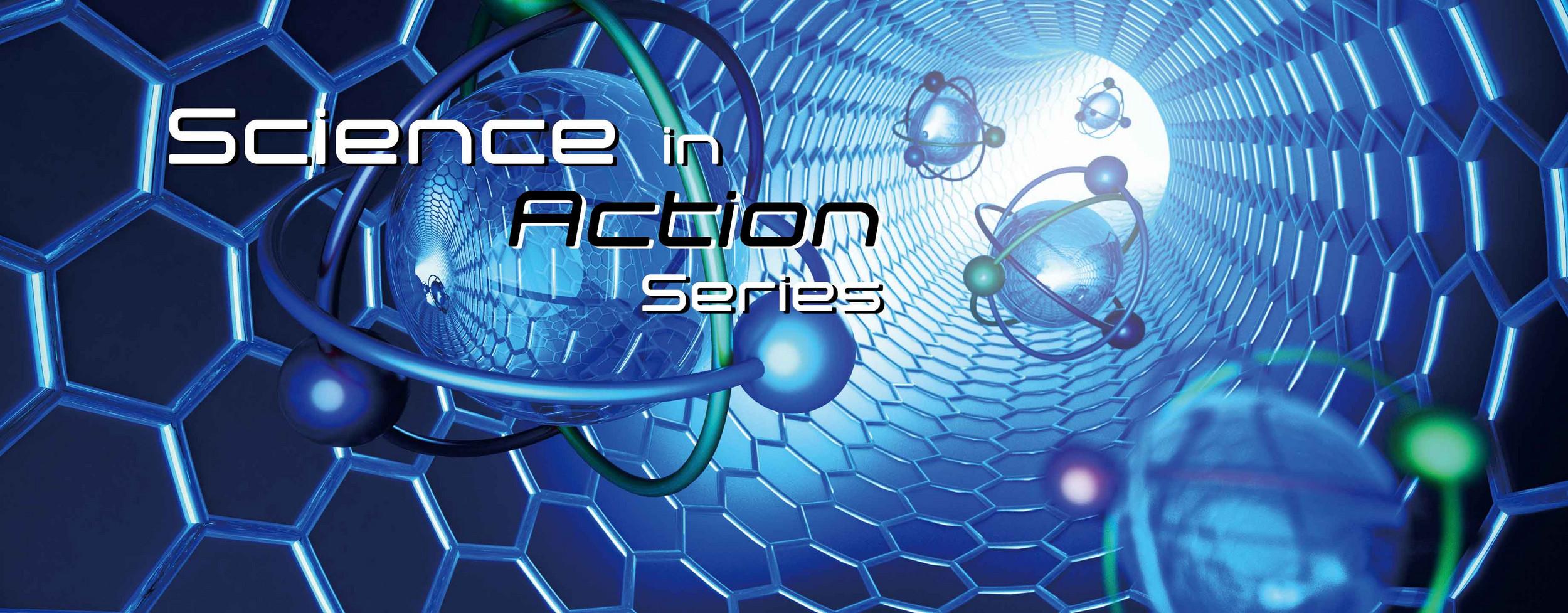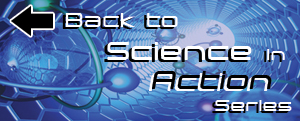
Domestic violence with strangulation involved are felony crimes. In a particularly harrowing case in Coos Bay, Oregon, a woman had been raped and strangled by an assailant who broke into her home. The assailant strangled her unconsciousness with a loss of continence. The DA charged attempted murder. The evidence was gathered using alternative light sources, a technique more often employed to detect fluids and other crime scene evidence. It allowed investigators to image and document injuries.
It not only helped charge the perpetrator with attempted murder but also facilitated a plea deal without putting the victim through the emotional turmoil of a trial. The technique was so persuasive that no defendant who had faced its evidence had yet taken their case to trial. It is a powerful tool that left defense attorneys with little to dispute.
In the quiet coastal enclave, this technique is being employed to shed light on a hidden and often unspoken crime: domestic assault. The town, nestled between picturesque landscapes and secluded by its own geography, is home to 16,000 residents and surrounded by other small communities along the Oregon coast. The area was isolated, separated from larger cities by a small mountain range, which made it feel like a world unto itself.
In fact, it is said that if you go any farther west, you’ll be wet.
The technique in question, known as alternative light sources, was championed by retired law enforcement officer Randy Sparks, once a detective with whom retirement didn’t agree. So he returned to the department and works on domestic abuse cases.
He has spent decades dedicated to uncovering the truth behind the scenes of domestic violence. The technique was particularly effective in cases involving strangulation, a grave form of assault that often left victims traumatized and burdened with the challenge of proving their claims in court.
Det. Randy Sparks
Forensic alternative light sources, often referred to simply as alternative light sources (ALS), are specialized tools used in forensic investigations to reveal and enhance evidence that might not be visible under normal lighting conditions or white light photography. These light sources emit various wavelengths of light, allowing forensic experts to detect and document evidence such as bodily fluids, latent fingerprints, fibers, bruises, bite marks, and other trace materials. They can help investigators uncover crucial information that might otherwise go unnoticed.
“I'm a huge proponent, just because we're the only ones doing it (on the Western coast)”, Spears said. “And it is wonderful evidence.”
There are several types of alternative light sources, each serving a specific purpose in forensic analysis:
His department is using it primarily on strangulation cases.
“That's our biggest bang for the buck,” he said. “Domestic violence and strangulation involved in that are all felony cases. And like our chief Deputy DA has said when she gets a strangulation case two things that she asks right off the bat: Did you talk to the medical examiner who's a forensic nurse, and did you get alternative light photos? She said all of the cases that have alternative light photos pled out. None of them have gone to trial. It's a wonderful tool. We can see quite a bit of where the blood's moved underneath the skin. It just supports the victim in what they're saying about what happened.”
“When we have somebody come in, it's usually with a forensic nurse and I do in the photography, and we just try to get a good interview,” Sparks said. “That interview after the initial event is where we usually get more information about the history of domestic violence that's been going on for a long time. It's almost never an isolated incident. So it brings that information out for the courts to use as well. It’s really supportive of the victims.”
And Spears said the ALS technique with the interviews is powerful.
“We can see the finger marks around the throat where the added pressures were applied, see the pressure up behind the ears, as well as the beatings and where the blood has flowed through there. So we're offering that service to everybody in Coos and Curry County.”
They recently acquired a second unit and plan to put the 20-year-old original unit down in the southern part of the county.
“And they'll be training with us when we have the training out here later this year. So that'll effectively double the use of it in the county. And even further south.”
The use of alternative light sources requires expertise, as different materials react differently to various wavelengths of light. Forensic experts need to know which type of light to use for specific types of evidence and how to properly document the findings for legal purposes.
Sparks has witnessed the power of alternative light sources firsthand. He describes how the technology works and how it had transformed their ability to gather evidence in cases of domestic assault.
White light photography often doesn’t capture the appearance of bruising. All the investigators are left with is the testimony of alleged victims, without supporting materials.
Using specialized filters and lighting equipment, the technique captured images of bruises and marks that were hidden beneath the skin's surface. These images revealed the true extent of the injuries sustained by victims, showcasing the evidence that supported their accounts.
“With the filters that come with the set, the filters for the camera, we can capture it in a dark room. We can capture those images. Now, we don't get fingerprints, but you get the finger impressions, under the skin where the blood is not hard to see. Other domestic cases where the guy is kneeling on the lady's chest, it leaves great impressions. It just supports what she says. She says, ‘Yeah, I was beaten about the head and face and neck and we're documenting just that and talking to her at the same time and I see something there. And she said, ‘oh, yeah, that's where he punched me in the face.’ And you see from the bumps up on the head, you'll see the blood oozing down. We usually wait about three days before we do the photos.”
They start off with white light photos from head to toe, and then they’ll go to filtered photos in the darkroom.
“There's no other way I know of to document it,” he said.
The toughest cases are with infants. The photos require one to two-second exposures.
“It’s hard to get a one-year-old to sit still that long.”
Strangulation cases were among the most impactful areas where ALS was used. Victims who had endured this form of violence often had their stories met with skepticism, as the evidence might not be immediately visible to the naked eye. However, with alternative light sources, the truth could not be denied. Finger impressions around the throat, discolorations, and the aftermath of the attacks were all brought into focus, making the claims of victims undeniable.
“We’ve been using the ALS for about 20 years, and I've been using it a good portion of that time, but not as much in strangulation until maybe the last two or three years. Before that we were using it in child abuse investigations.”
Sparks’ expertise and dedication to this technique had turned many cases from uncertainty to clarity. He collaborated with forensic nurses, meticulously documenting the injuries and engaging with victims to understand their experiences. The images captured with ALS provided more than just evidence for the courtroom; they offered victims validation and empowerment, turning their narratives into compelling visual proof.
The Coos Bay Police Department operates a SPEX Forensics Mini-CrimeScope Advanced as an alternative light source. It incorporates the same ease of use and unmatched reliability of its predecessor, the Mini Crimescope, along with the latest in arc lamp technology. The result is a unit that is unsurpassed in performance. SPEX Forensics is a wholly owned subsidiary of HORIBA Scientific.
SPEX Forensics Mini Crimescope Advanced
The impact of ALS extends beyond the courtroom. Victims who participated in the process found a sense of closure and support. Sparks said he would sit down with victims and show them the images, explaining how each bruise and mark spoke to their experience. It was a way to help them heal and reaffirm their courage in pursuing justice.
Sparks envisions a future where this technology becomes a staple in law enforcement, ensuring that the truth would always find its way out of the shadows.
As he reflected on his journey and the lives he had touched, Sparks knew that his dedication to justice had left an indelible mark. The ALS technique was not just a method of capturing images; it was a beacon of truth and hope for those who needed it most. And as the retired officer looked out at the tranquil Oregon coast, he knew that the light he had helped shine would continue to illuminate the path toward justice for years to come.

Do you have any questions or requests? Use this form to contact our specialists.